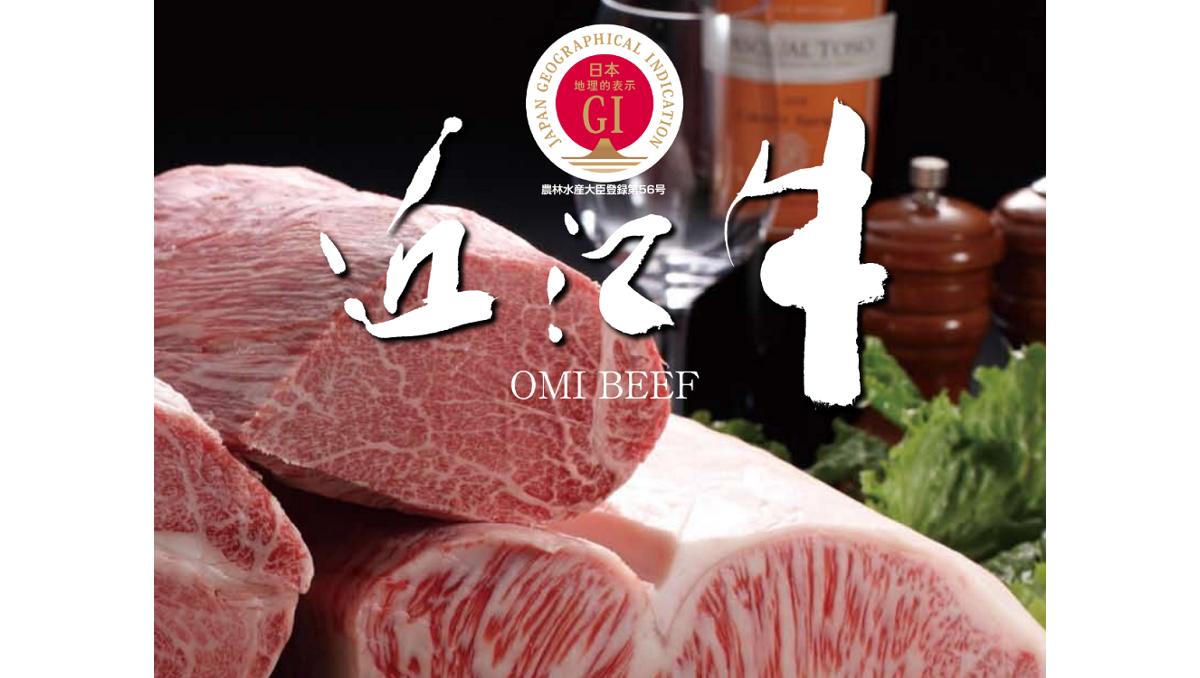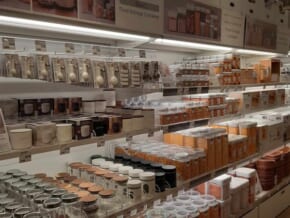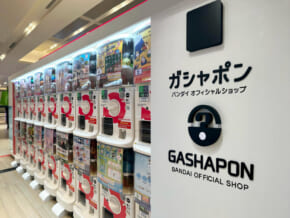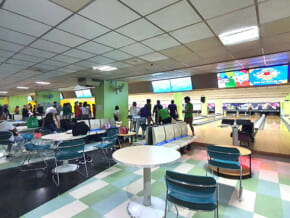JAPAN TRAVEL: Ainokura Gassho-Style Village in Toyama Prefecture
Gokayama is home to two villages where you can experience what it would have felt like to live in traditional Japanese houses: Suganuma and Ainokura.
Ainokura is held in high regard as it was visited by the Imperial Prince Akishino twice: first as a second-year student at Gakushuin High School, and the second with his wife. He even expressed his intent to visit Ainokura a third time with his kids, which he signed in a guestbook at one of Ainokura’s inns.

The village of Ainokura isn’t big on major tourist attractions, but what it can give you is a glimpse of the simplest of Japanese living. The village lives off the land, planting and harvesting mountain crops and taking advantage of the freshwater fish that populate its streams and rivers. What makes the village (and two others like it) popular and World Heritage-worthy, however, are the Gassho-style houses.

These houses are some of the most well-built houses in the country and perhaps the region. They’re perfectly suited to the harsh winters seen in this part of the Toyama Prefecture, and they owe it to the roof design.
The gassho style is one that is very rational, able to withstand harsh conditions created by deep snow that would crush other houses under its weight. Gassho refers to the shape of the roof: a near-equilateral triangle that looks similar to the shape of one’s hands and arms whenever they are put together in prayer.
Also read: Shirakawa-go: A Winter Escape to a UNESCO Heritage Site in Japan

Steep pitches on either side of the roof allow snow to slide off without so much as a hiccup. The shape of the roof also provides a large space for both living and working. The first floor is usually where the family resides, while the second floor is where they do their work. The topmost floor (usually from third to fifth) is where they leave the wood they use to make bamboo carpets and other things used around the house.
Gassho-style houses are popular with tourists thanks to that traditional feel, which also includes a typical Japanese dinner. These dinners, made by the people who own the house, include a selection of boiled mountain vegetables (nimono), tempura made from local squash and mountain vegetables, su-no-mono or vegetables dressed with vinegar, raw carp (koi-no-arai), grilled brook trout (iwana-no-sioyaki), some kogomi no goma-ae (young fern with sesame paste), and a bowl of nameko-jiru (miso soup with nameko mushrooms).

The rooms themselves are as traditional as you can get: tatami mats as flooring in the rooms and the living/dining area, floors made from wooden beams sourced from the mountains, classic sliding doors (quite heavy, too), and an atmosphere that simply lulls you to sleep thanks to how peaceful and quiet it is. There are at least 20 of these gassho-style houses in Ainokura, though only six are open to tourists; the rest are actual homes of people who live in and work on these lands.

Apart from experiencing what it feels like to live in a gassho-style house (with a few modern touches), you can also go around town and take in the sights (the photos from the top of their viewing platform are amazing!), learn and experience how to make washi or Japanese paper (call 0763-66-2016 beforehand to experience it for only ¥700 per person), or dive in deep into everything about Ainokura at Yusuke: The Museum of Sericulture, Folk handicrafts and Photographs, including a chance to watch the traditional music and dance of the people who live in these villages.
How to get to Ainokura
The best way to get to Ainokura is through a combination of JR Train and bus. Simply ride the JR Hokuriku Shinkansen from Tokyo, boarding either the Hakutaka or Kagayaki line. If you take the Hakutaka Line, get off at either Takaoka or Shin Takaoka Station, where you will then take the JR Johana Line to Johana Station. From Johana Station, you’ll take a 20-minute ride on the World Heritage Bus (schedules shown below) to Ainokura.
If you take the Kagayaki Line, you’ll have to switch trains at either Toyama or Kanazawa Station, where you will take one of the following: Ainokaze Toyama Railway, Shinkansen Tsurugi, or link up with the Hakutaka. From there, just follow the same route to Ainokura. Alternatively, you can take a one-hour ride from Takaoka or Shin Takaoka station to Ainokura.
Details
Address: Ainokura, Nanto City, Toyama Prefecture, Japan
Contact: 0763-66-2123
Website: http://www.g-ainokura.com/, http://gokayama-info.jp/en/
Written by Andronico del Rosario
Supported by GCP
This first appeared in Philippine Primer Magazine Vol. 33 – December 2018 issue.













